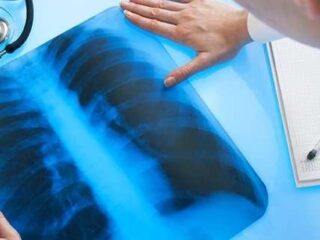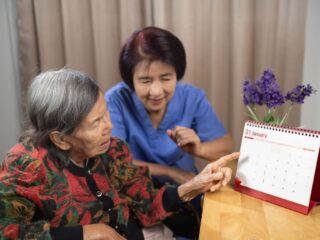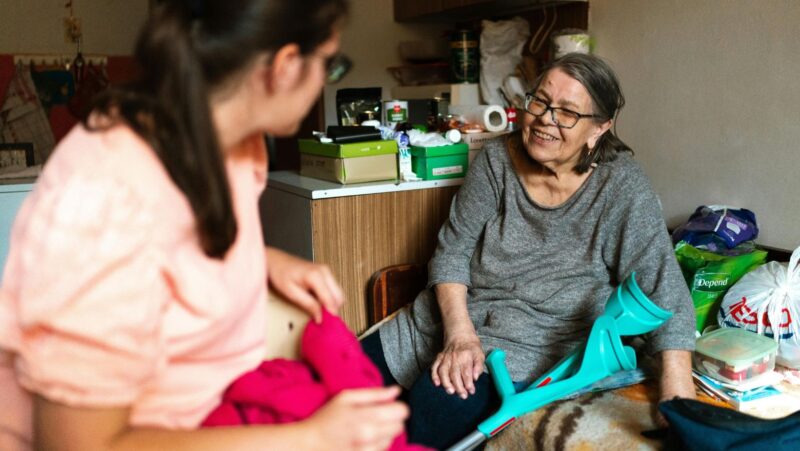
Self-medicating can seem harmless—a glass of wine after a long day, a few sleeping pills to silence racing thoughts—but what begins as relief can quickly create deeper problems. Understanding the causes and effects of self-medicating helps people make better choices. Instead of numbing discomfort, people can choose to face it—and change it. That is where finding a therapist often becomes a powerful first step.
What Is Self-Medication?
Self-medication means using substances or methods to manage emotional or physical discomfort without professional advice. People often do this to avoid the stigma of therapy, to save time, or simply because they believe they can handle it alone. Common substances include alcohol, sleep aids, anti-anxiety pills, painkillers, and even marijuana or nicotine. Many people also turn to food, energy drinks, or digital distractions like excessive screen time to numb feelings of stress, sadness, or anger.
In the United States, self-medication is a widespread practice, with approximately 40% of the population using medications without consulting healthcare professionals. In Florida, the misuse of prescription drugs is a significant concern. Data from the Florida Department of Health’s Prescription Drug Monitoring Program indicates that in 2023, there was a 10.6% increase in individuals obtaining controlled substance prescriptions from five or more prescribers and five or more dispensers within three months compared to the previous year.
While this behavior may seem harmless, it hides deeper problems and delays proper treatment. Self-medication is also common in teenagers and young adults, especially with the rise of over-the-counter availability and online product access. When people rely on these tools without guidance, they risk building dependence, masking serious conditions, and creating new health challenges. Understanding what self-medication looks like is the first step toward changing it. Awareness leads to better choices.
Teens and Self-Medication
Self-medication among teenagers is a significant concern. According to Redalyc.org, nearly 79% of adolescents self-medicate, with about 1 in 5 doing it every two weeks. Most are influenced by family (31%), buy medicine from drugstores (71%), and turn to relatives (82%) when they feel unwell. Around 91% get medication without a prescription, and most say they haven’t had any side effects.
Commonly used substances include over-the-counter painkillers, cold medications, and leftover prescriptions. Many teens access these substances at home, often without medical guidance. This behavior poses risks, especially during critical periods of brain development, and can increase the likelihood of substance dependence later in life.
Factors contributing to adolescent self-medication include academic pressure, social stressors, and the stigma associated with seeking professional help. Addressing this issue requires educating families, schools, and communities about the dangers of unsupervised medication use. Providing teens with safe outlets, trusted adults, and clear guidance is essential to prevent the escalation of self-medication into long-term health problems.
Emotional Pain Often Fuels the First Escape
Pain does not always show itself clearly. Many people who self-medicate hide deep wounds. Some have lost someone. Others felt ignored for years. Many cannot even name the reason. Still, the ache pushes them to reach for anything that brings relief.

Often, substances offer comfort because they quickly quiet that ache. Alcohol slows thoughts. Pills relax nerves. Food distracts. Screens entertain. For a moment, relief feels real. But the problem remains.
People do not need to feel ashamed. Instead, they need to understand that their reaction to pain is natural. The instinct to seek relief is not wrong. What matters is how people act on that instinct.
Stress and Burnout Make Self-Medicating Seem Like a Solution
Work deadlines, financial strain, family tension—these everyday stressors build up.
Over time, unchecked stress itself becomes a silent driver of these issues—draining resilience, weakening clarity, and making it harder to break unhealthy cycles. That’s why stress should never be ignored; addressing it directly is just as important as resolving the problems it creates.
Under pressure, people seek quick solutions. Self-medicating feels easier than sitting with discomfort or asking for help.
Learning to get motivated in difficult times can help one stay strong under pressure. Motivation builds confidence. It also reminds people that change does not require perfection—just progress.
The Illusion of Control Keeps People Stuck
People who self-medicate often believe they are in control. One drink calms nerves. One pill ends pain. One episode silences thought. In truth, these actions only push control farther away.
What looks like control is usually avoidance. While avoidance may work in the short term, it prevents long-term healing and replaces real answers with short-term ease.
This illusion also breaks trust. People may hide habits from partners, children, or coworkers. Over time, they feel trapped. Control disappears, and shame takes its place.
The Physical and Psychological Toll Over Time
The causes and effects of self-medicating include real damage to the body and mind. People often notice symptoms first in small ways. Then, those symptoms grow, and it can happen that:
- Sleep becomes inconsistent or disappears entirely, and according to the Journal of Clinical Sleep Medicine, this disrupts mental focus and physical energy throughout the day. This then affects everything else.
- Weakens focus during tasks at work or home
- Mood swings cause tension in relationships
- Energy drops, even after rest
- Cravings increase with use
Over time, the brain adapts to artificial comfort. It stops creating natural responses to stress. This change makes it harder to cope without substances or habits. What once helped now harms.

Even when people want to stop, they often feel stuck. Their minds and bodies begin to rely on the thing that caused the issue in the first place. This cycle makes it harder to recognize what’s real and what’s a reaction.
Self-awareness breaks this cycle, but awareness requires effort. Passive learning does not lead to change, so active reflection matters. Ask questions, write down thoughts, and talk to someone. Those small steps often lead to lasting change.
Self-Medicating vs. Seeking Professional Help
People often think they can handle pain on their own. They avoid doctors and therapists and keep their thoughts hidden. That leads many toward self-medicating. However, self-medicating solves nothing in the long term. It delays healing. It creates more harm than good.
In contrast, therapy offers structure. A therapist listens without judgment and sees the patterns that individuals often miss. When people speak openly, they begin to hear their own words. That is where the shift starts.
Some fear asking for help, fearing the cost, labels, and appearing weak. But professional help does not take away strength. It builds it. Therapy brings answers that self-medicating cannot offer.
Relationships Suffer in Silence
Self-medicating rarely stays hidden. It touches every part of life. Families feel it. Friends notice. The partners pull away. At work, focus drops. Deadlines pass. Performance fades.
Soon, people isolate themselves. They cancel plans, stop talking, and stop listening. As relationships weaken, shame grows stronger, often leading people to hide even more.
Still, there is hope. When people open up, connections can heal, trust can return, and honest conversations can repair damage. But silence must break first.
Why Self-Medicating Often Makes Things Worse
People often rely on alcohol, prescription drugs, or over-the-counter medications to ease emotional or physical pain without speaking to a doctor. This might feel like a quick solution, but it rarely addresses the real issue. Instead, it creates a cycle of avoidance. Relief fades, but the underlying struggle stays. Over time, this pattern can lead to dependency, confusion, and worsening symptoms. Understanding the full scope of risks helps people recognize when habits become harmful. Staying informed about the dangers of self-medicating is key to spotting long-term consequences early and choosing healthier paths forward.
Learn Emotional Control Before Trouble Returns
Even if self-medication is in your past, it often relapses when emotions stay unmanaged. One bad day. One stressful call. One insult. Without strong emotional control, people return to old habits.
That is why emotional regulation in preventing relapse matters. Regulation does not mean blocking emotions. It means understanding them. Anger, sadness, or fear need space—but not control.
Simple tools help: Pause before reacting, take a short walk, drink water, breathe deeply, or call a friend. These small actions change outcomes, reduce panic, and protect progress.
Once people know what sparks their reactions, they choose better responses. They stop acting from habit. They begin to act from awareness.
Replace Harmful Habits with Healing Tools
Change must go beyond stopping a bad habit. It must involve replacing it. Without new tools, old habits return.
Healthy replacements vary for each person. But most people benefit from:
- Write in a notebook every evening
- Spending time outdoors each day
- Listening to calming music
- Preparing simple meals
- Joining support groups near home
Each tool supports recovery, and each action strengthens resolve. The goal is not perfection; it is daily effort. Healing does not follow one path. What works for one may not work for another, but trying different things builds self-knowledge. That is the key
Let Awareness About The Causes and Effects of Self-Medicating Lead the Way
Self-medicating can fool the strongest people. But it never leads to peace. Lasting change begins with honesty and continues through daily action. The causes and effects of self-medicating no longer have to define the future. Take one clear step forward today. Choose action, clarity, and healing!












